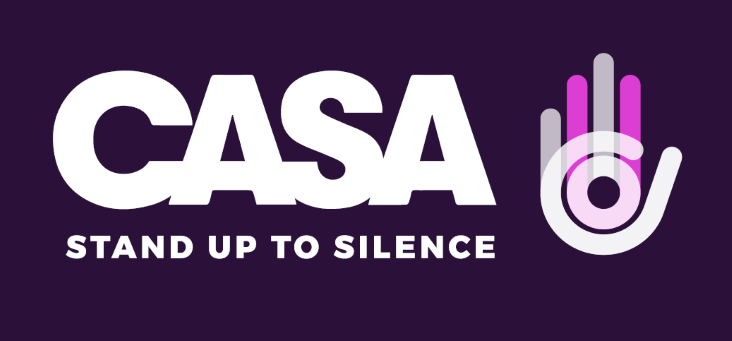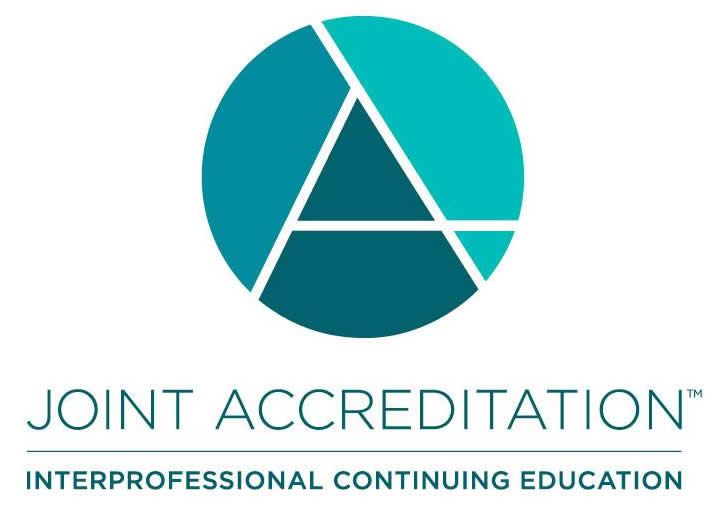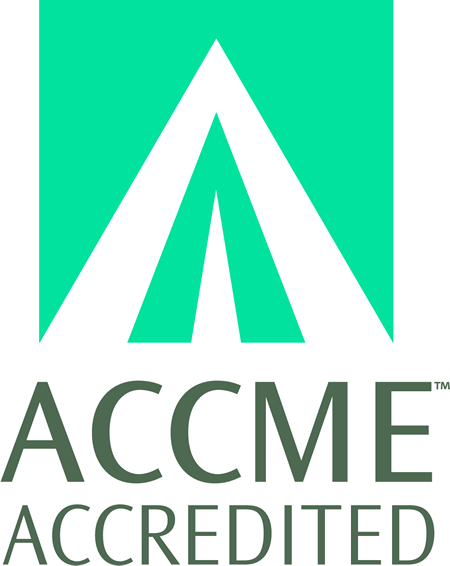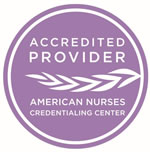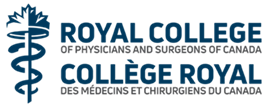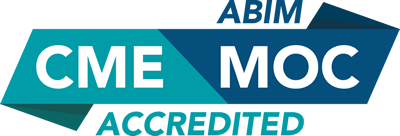
COURSE CREDITS & HOURS
14 AMA PRA Category 1 Credits™14 ACPE Credits
14.0 Contact Hours
Up to 7 (part II) MOC points in medical knowledge in the American Board of Internal Medicine's (ABIM) Maintenance of Certification (MOC) program
1½ Hours of Pharmacology for NPs
COURSE FEES
TARGET AUDIENCE
PROGRAM PURPOSE
Increased knowledge base is imperative for primary care providers as it relates to improved quality in the care of patients as well as transitions over time in the medical field. 'Keeping up'with medical practice is not enough; one must be well positioned to learn about new advancements and integrate as appropriate to ones practice and patient care by re-learning (or sometimes un-learning) techniques that are no longer standard of care. Cost effective considerations must be part of the decision-making process while the medical community continues to move towards higher quality, positive impact, and value-based care.
Topics:
- The Neurological Exam
- Cite the key elements of the neurological examination
- When to Worry About a Headache
- List the symptoms and signs which indicate a life-threatening headache
- Peripheral Neuropathy
- Name the major patterns of peripheral neuropathy and how to categorize them clinically
- Treatment of Neuropathic Pain
- Describe an algorithm to help individuals with chronic neuropathic pain management
- Back and Lower Limb Pain
- Name the factors which point to neurologic vs. musculoskeletal and sclerotomal low back and lower limb pain
- Autonomic Disorders
- Describe how problems with the autonomic nervous system present and can be classified
- Disorders of Muscle
- Recite the major categories of muscle disease and how these might present in general medical practice
- PCOS
- Risk modification may influence long term management so it is necessary to diagnose and treat. Further, treatment options are dependent on patient desired outcome and should be considered.
- Cystic Fibrosis
- New long-term treatment modalities and medications can be considered and may be newer options for consideration of primary care management.
- Abnormal Skin Lesions
- Recognition of abnormal skin lesions and management remains a key perspective of primary care. Specific to melanoma, treatment has transitioned and guidelines related to cancer screening, surveillance, and treatment have additional considerations.
- Depression
- Depression and behavioral integration into patient centered medical home consideration and federally qualified health centers continue to be a priority. Recognition of mental illness as a comorbidity of chronic health care conditions along with screening, diagnosis, and treatment are cornerstones of management.
- Medical ethics and end-of-life care decisions
- Medical, ethical, and end-of-life care decisions impact the care of patients and often have providers questioning personal beliefs while integrating medical knowledge and evidence-based practice, keeping an eye on cost effective care. Integration of case studies will be utilized to demonstrate application of medical knowledge base with practical ideas.
- Amenorrhea
- Describe the most common etiologies of primary amenorrhea and secondary amenorrhea. Be able to perform an appropriate diagnostic approach to the patient presenting with amenorrhea. Minimize long term risk factors associated with abnormal or irregular menstrual cycles.
- Dysmenorrhea
- Know the differences between primary dysmenorrhea and secondary dysmenorrhea. Discuss the signs, symptoms, and differential diagnosis for dysmenorrhea.



